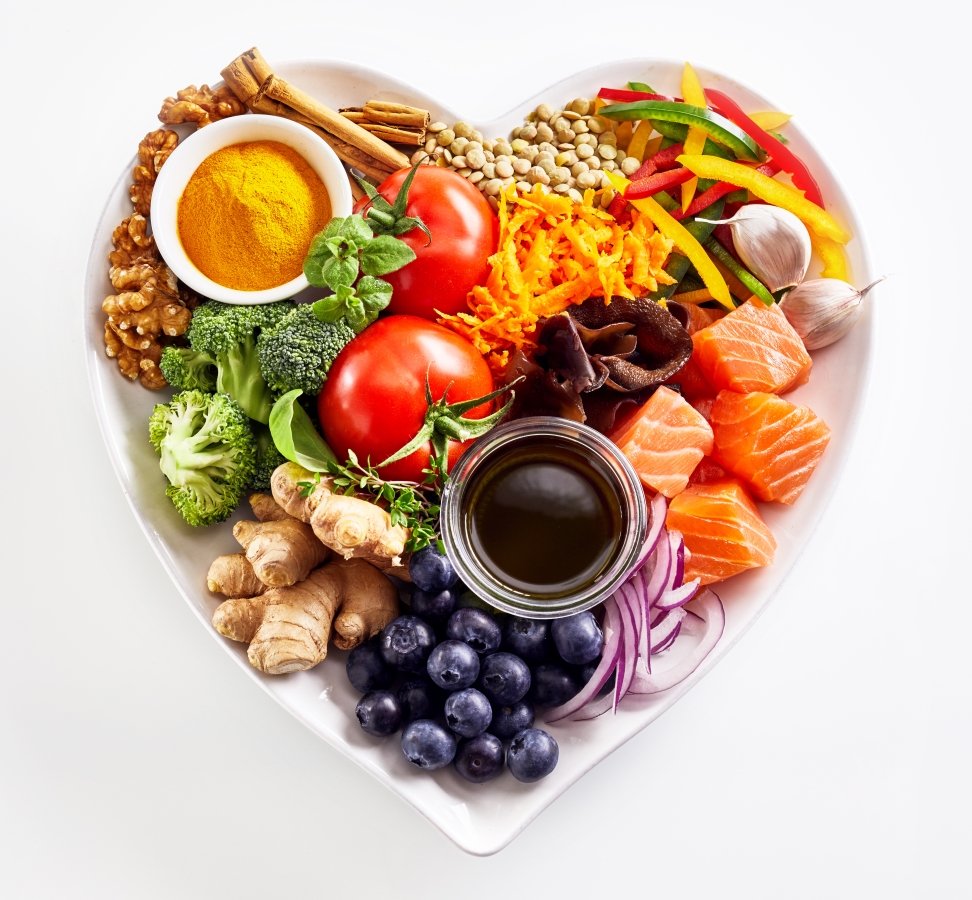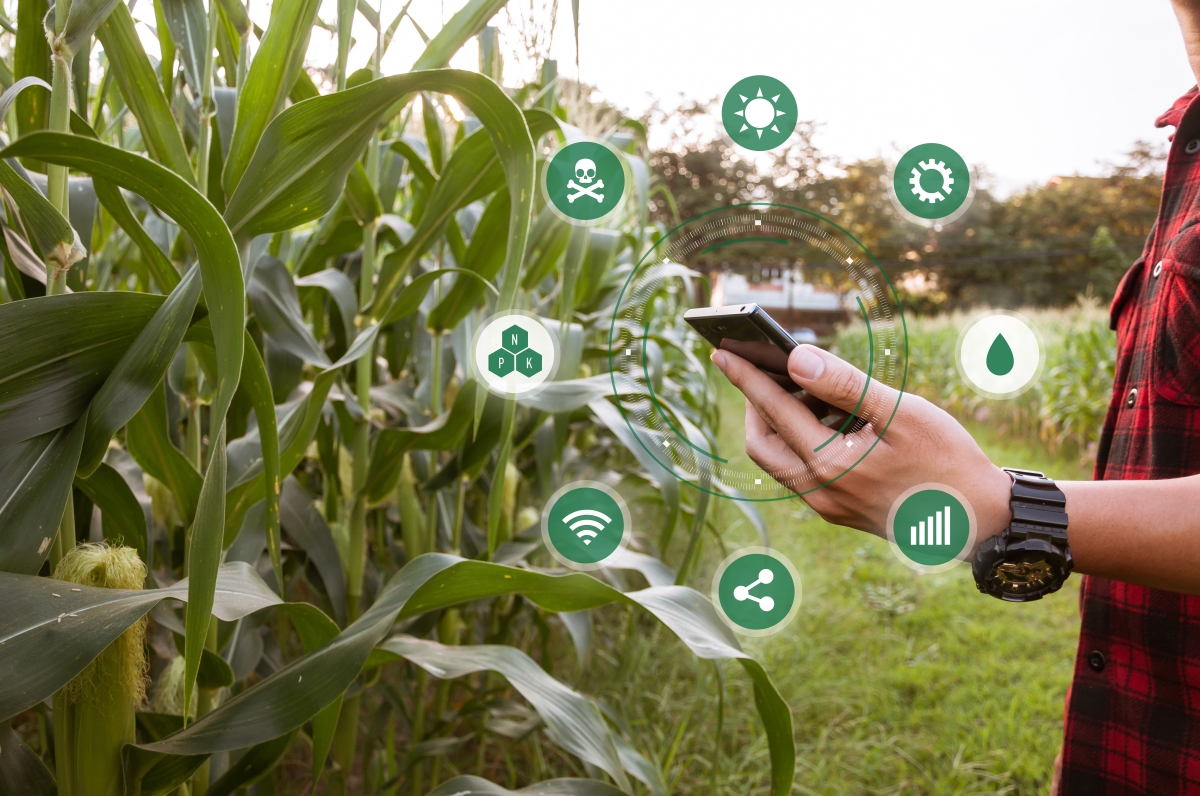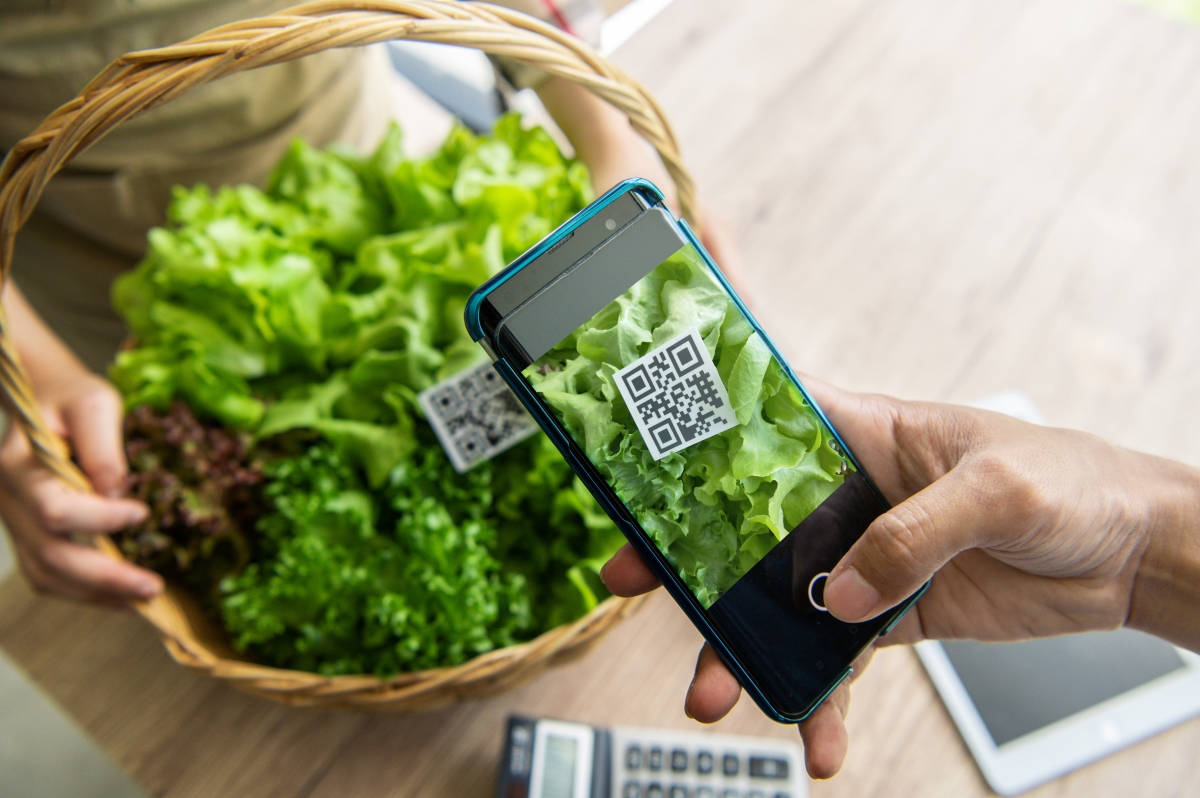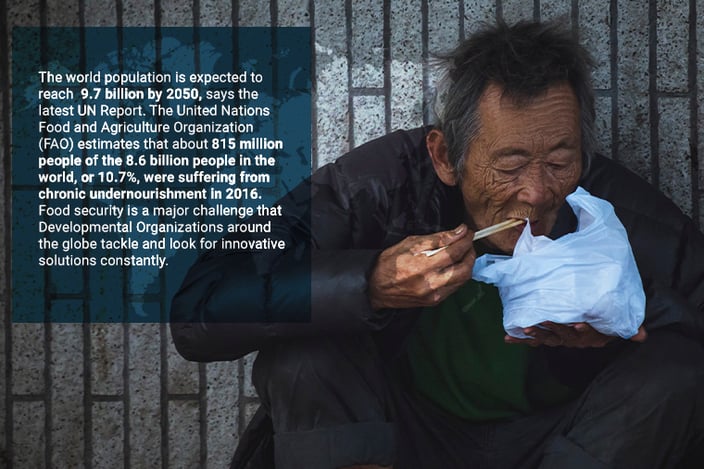
One of the most basic aspects of life is food. For many, food is passion, food is profession, food is even art. Researchers have even connected food to the psychology of the consumer. But elementarily, food is the primary source of energy that keeps us going everyday. Food plays a major role in having a healthier and a longer life span. It is no rocket science that the nutritious value of the food we consume is the main source of the energy that food provides us with. Be it a herculean mission to build a body like a beast, or work on having an ideal body fat percentage to be an international sportsman or a supermodel, or just have a healthy lifestyle, the nutritious value of what we consume is a major factor to consider. The Gen Z is definitely smart; junk food is no longer the ‘cool food’ to eat, and everybody now takes the nutritious value written behind the packet a lot more seriously. As the demand for such foods goes up, it is imperative that the supply needs to be exponentially increased.
Food Security and Nutrition:
The Sustainable Development Goals or SDGs prescribed by the United Nations is a blueprint designed by the UN to ensure a sustainable future for all. Some of the major goals mentioned in the SDGs prescribed by the UN is Zero Hunger, Good Health and Well Being, and Responsible Consumption and Production. These goals emphasize the importance of food security and nutrition-based production that can help in eradicating hunger globally.
Food security is not only about the quantity of food which we consume, but also about the quality and diversity of that food as well. Nutrition insufficiency is one of the main reasons for deaths of almost 10 million people each year and it collectively affects one billion people’s health. When food whose nutritional value is inadequate, is consumed regularly, it can lead to malnutrition due to lack of protein (protein-energy malnutrition) and micronutrients like iodine, vitamin A and iron. This can have serious effects on growth and development, reduce life span and result in serious conditions; malnutrition weakens the immune system leaving the being open to diseases like pneumonia, measles, heart diseases and can permanently impair long-term physical and cognitive development in children.
Traditionally, nutrition has been viewed as the realm of health by experts. This challenge needs a collaborative effort to be solved, by health professionals and most importantly, farmers. The cultivators have a vital role in this since they’re the producers and initiators of the agri-food value chain. Continued focus on improving agricultural productivity is an important prerequisite to realising food security goals, including nutrition security.
Mental Shift towards Nutritiousness

Today’s generation has understood the importance of consuming nutrient-based food and its positive impacts on their lives. We see many hashtags on the internet that trend based on healthy food consumption and many influencers advocating nutrient-rich diets that can result in unbelievable transformations. The food systems globally are also rapidly transforming as we witness an increasing reliance on purchased and processed foods even in rural areas.
This mental shift is slowly spreading around globally, and people now have started to focus more on the ingredients used to make their favourite food rather than just the taste. In order to cater to this rising need, nutrient-sensitive agriculture becomes a highly prioritized necessity.
Nutrient-sensitive agriculture is an approach to cultivation that seeks to contribute to producing more nutrient-rich food globally, in order to tackle challenges pertaining to world hunger and to cater to the rising demand for nutrient-rich foods.
Methods of Achieving Nutritiousness:
The next question that one may ponder about would be how nutrient-sensitive farming can be done. In order to have a smooth journey to a destination, as much as important it is to have good transport, it is more important to have good roads. Similarly, in order to achieve nutrient-sensitive farming, the focus must be on conservation of soil fertility and good agricultural practices that can ensure consistency in high-quality yield that is rich in nutrient value. Other than this, there are a few other methods to achieve nutrient-sensitive farming, viz:
Biofortification
This is a process by which the nutritional quality of food crops is improved through agronomic practices, conventional plant breeding, or modern biotechnology.
In this method of farming the crops are bred to have higher levels of essential nutrients, either through selective breeding or genetic modifications. Here, there is a deliberate enhancement of an essential micronutrient, i.e. vitamins and minerals (including trace elements) in food to improve the nutritional quality of the food supply and provide a public health benefit with minimal risk to health.
Sustainable Farming

This is a type of farming that concentrates on sustainable approaches toward cultivation. This method ensures soil fertility is maintained, which in turn results in cultivated crops having higher nutritional value. Nutrient-rich crops will ensure high quality of food and thus nutritiousness is achieved. Sustainable farming involves precision agriculture as the main method. The crop to be grown and the nutritional value that the crop must have is set, and the cultivation is done based on a plan that is crafted around these factors.
In order to achieve precision farming, farm management solutions like SmartFarm Plus™ can be used. SmartFarm Plus™ allows the user to customize the plan based on diverse factors and digitize each plot individually and customize it as per requirement. The IoT integrated data collection is an added bonus, since precision farming, as the name says, is all about preciseness in its application. The solution is not only precise but aligns with the Sustainable Development Goals (SDGs) prescribed by the UN, pertaining to solving world hunger.

Solutions like SmartFarm Plus™ can provide accurate data on the kind of fertilizer and the amount of fertilizer to be added to that plot, based on soil analysis. This will ensure sustainable cultivation, increase the nutrient value in the yield and increase profitability overall for the farmer. On the consumption end, the food products that use these crops as raw materials will be rich in nutritional value and will result in improved health and well being of the consumers, when consumed.
Another important factor nutrition enthusiasts look for is credibility in the quality of the food they consume. This can be verified accurately through traceability. SmartFarm Plus™ can trace the product to its root by assigning unique scannable codes to each farm so that the food product can be traced to its original source. The consumer will buy the product originated from the same source if the quality is good, naturally. Now when the product is liked by the consumer, the distributors will know where the product originated from and will focus on scaling up their business with that source. There is an overall increase in revenue and healthy consumption of food is ensured. This proves to be a win-win for all.
Nutritiousness has subconsciously always been a major factor in the design of CropIn’s solutions. Previously, the company’s solutions have made significant impacts on the quality of yield reaped by its users through SmartFarm®. Several governments and developmental agencies have utilized and partnered with CropIn’s solutions based on the excellent results that not just are profitable, but also sustainable in nature.
A healthy diet is key towards having a longer and a healthier lifespan. Food has a great influence on our development, we are what we eat. Nutritiousness is the path that farmers and agribusinesses must embark on to eradicate malnutrition globally and to contribute to a healthier tomorrow.
To learn more talk to our Solution Expert!







